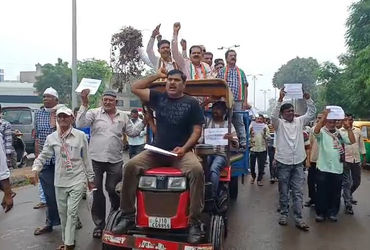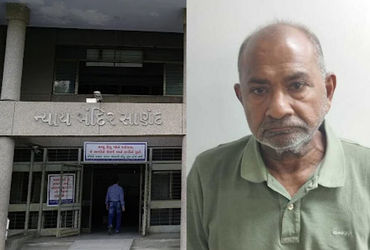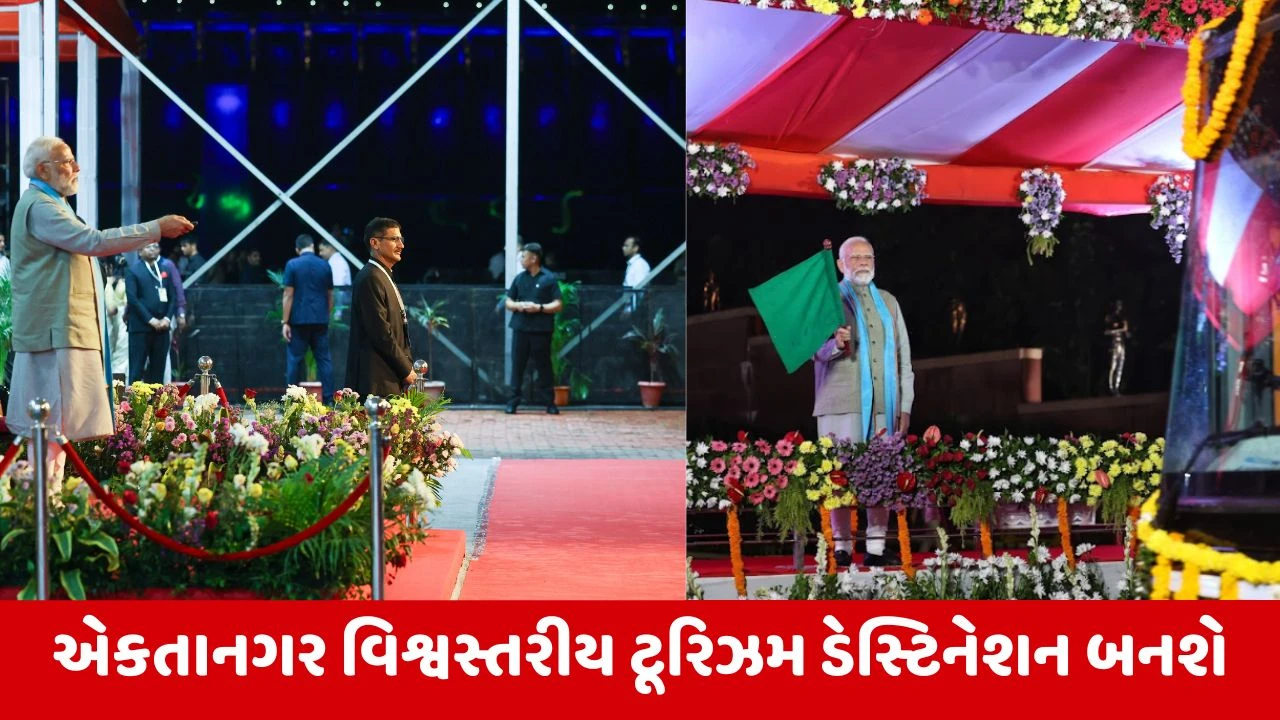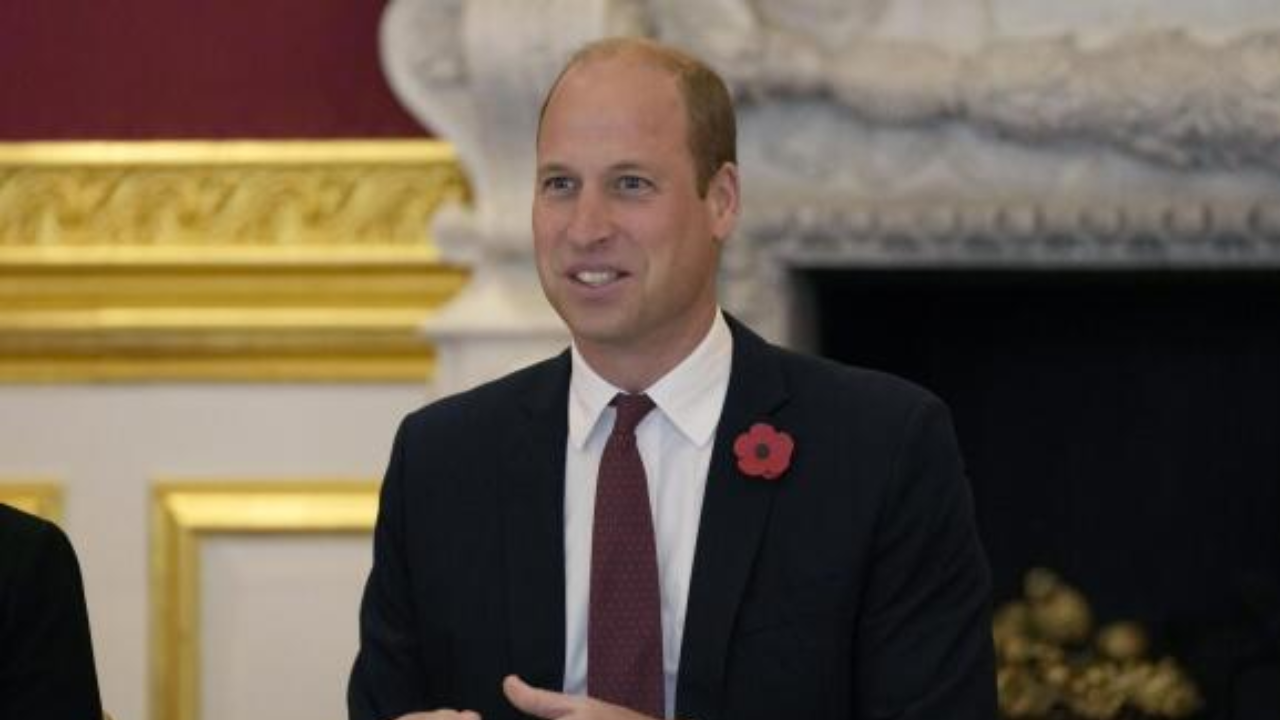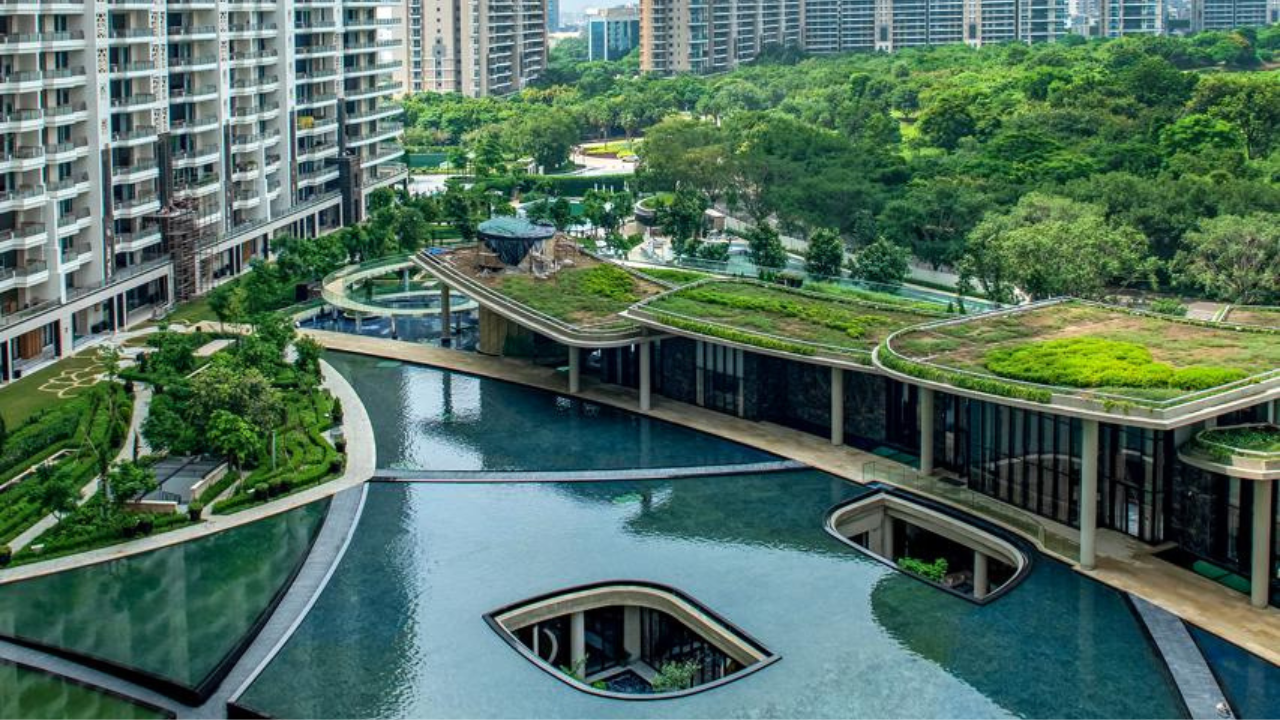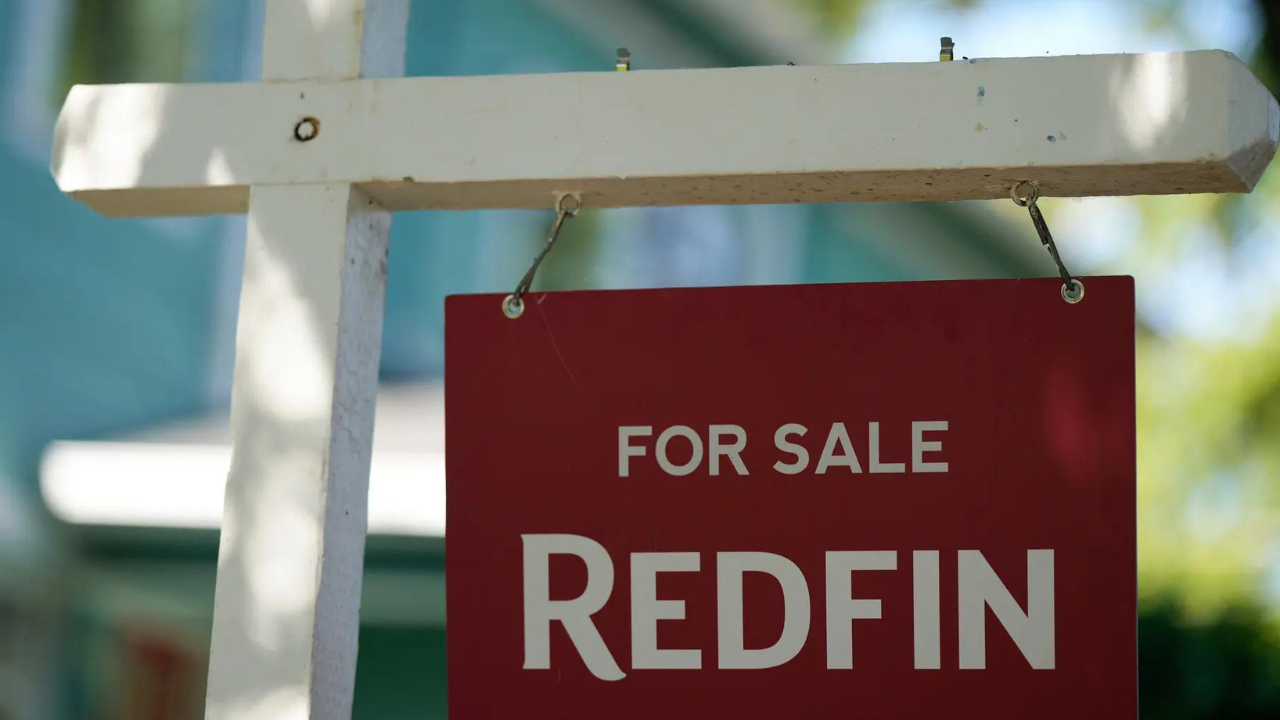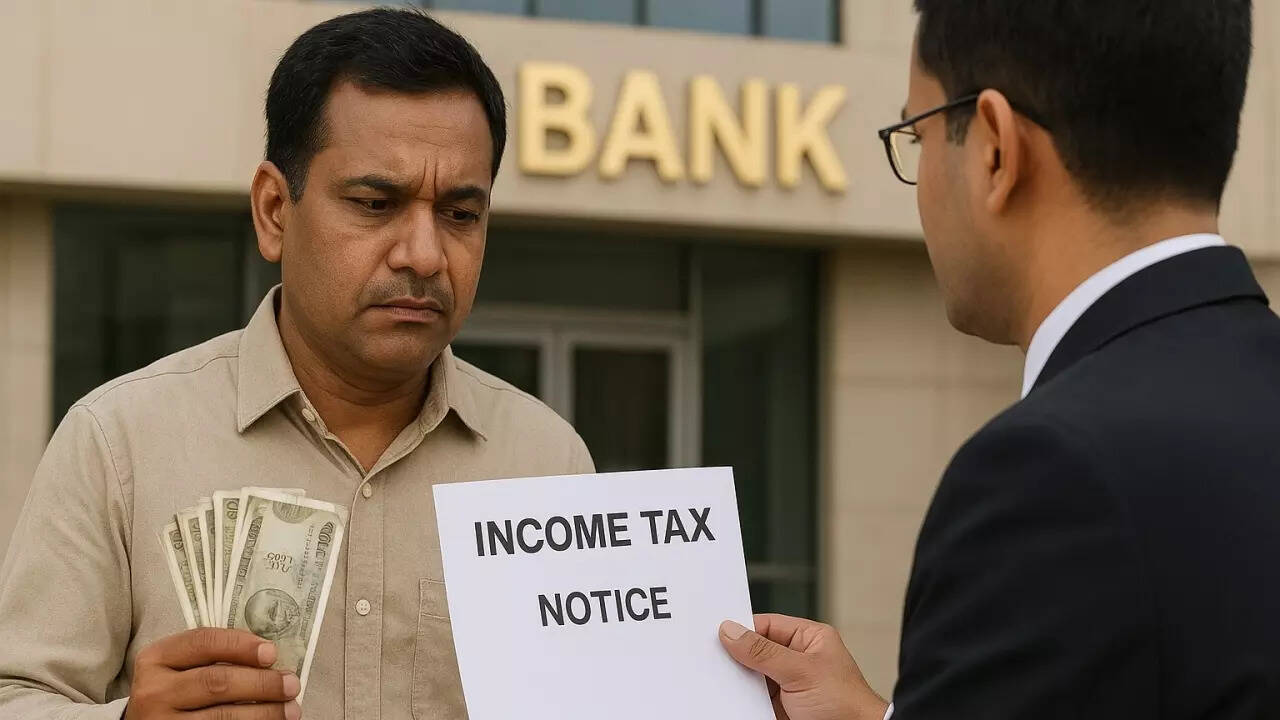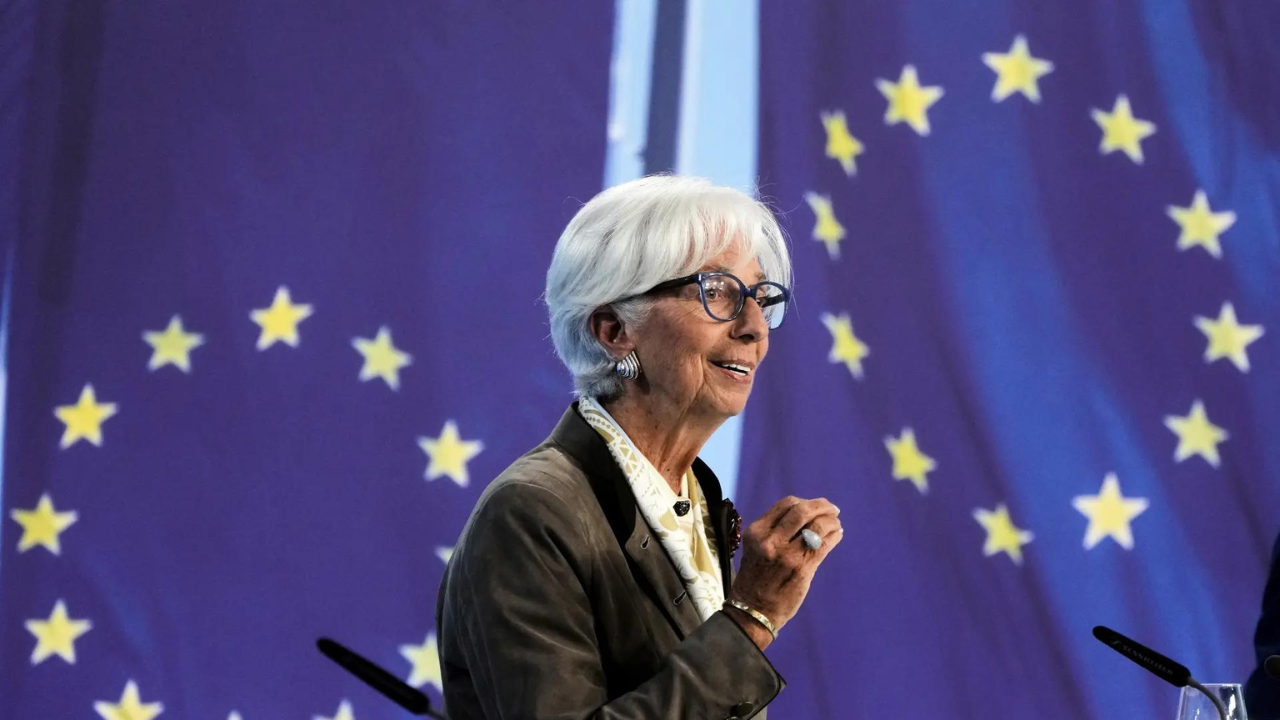How the emergence of urban islands has led to a crisis of masculinity around Sonipat in Haryana
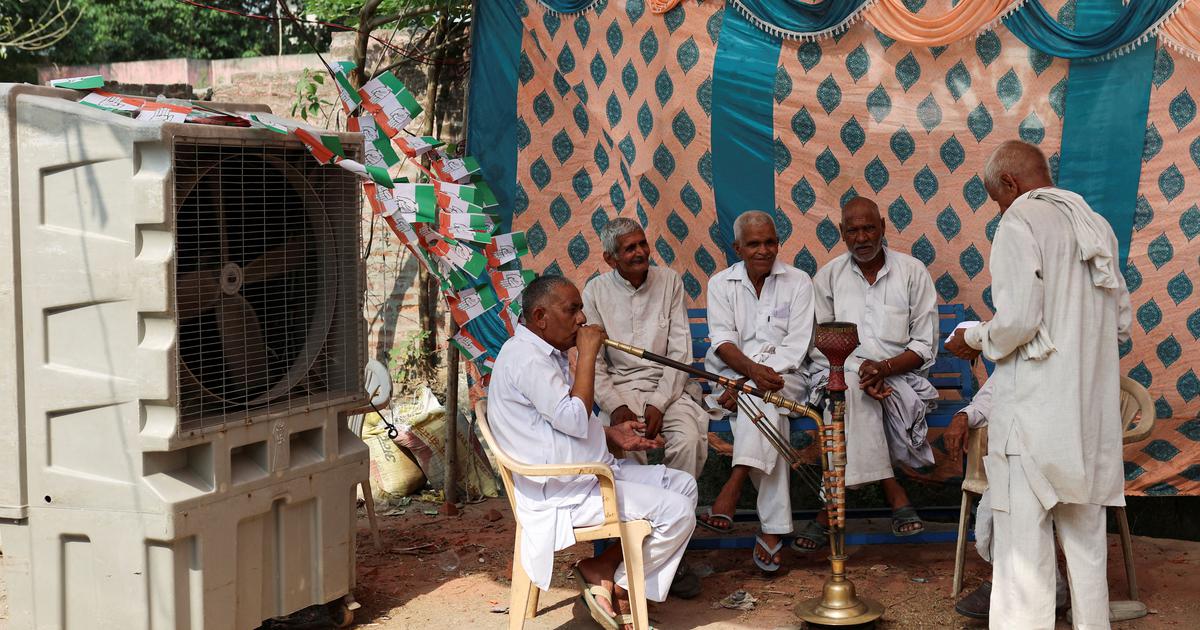
Join our WhatsApp Community to receive travel deals, free stays, and special offers!
- Join Now -
Join our WhatsApp Community to receive travel deals, free stays, and special offers!
- Join Now -

Urban development in post-Independence India can be broadly divided into two distinct phases. The first, spanning the early decades of independence (1950–1980), saw the state take on the role of the grand architect, actively shaping cities as hubs of industry and progress. Planned townships like Bhilai, Chandigarh and Bokaro were designed to reflect the ideals of a newly independent nation – secular, democratic and self-reliant. The state was an active mediator, balancing the needs of people, capital and the emerging middle class. Cities were envisioned as modern, rationally planned spaces where industrial zones, housing and public services were carefully integrated.
The second phase unfolded after the economic liberalisation of 1991, when the rules of urbanisation were rewritten. The state withdrew from its role as a provider of basic services – housing, education, healthcare and infrastructure – and ceded space to private developers. The neoliberal city was no longer about nation-building but about land as an asset, a tradable commodity. Gated communities, luxury apartment complexes, private IT parks, SEZs and vast shopping malls became the defining features of new urban India. Pithamber Polsani, Dean, School of Advanced Studies and Research at Srishti Institute of Art, Design and Technology, whose research sits at...
Read more
What's Your Reaction?
 Like
0
Like
0
 Dislike
0
Dislike
0
 Love
0
Love
0
 Funny
0
Funny
0
 Angry
0
Angry
0
 Sad
0
Sad
0
 Wow
0
Wow
0

